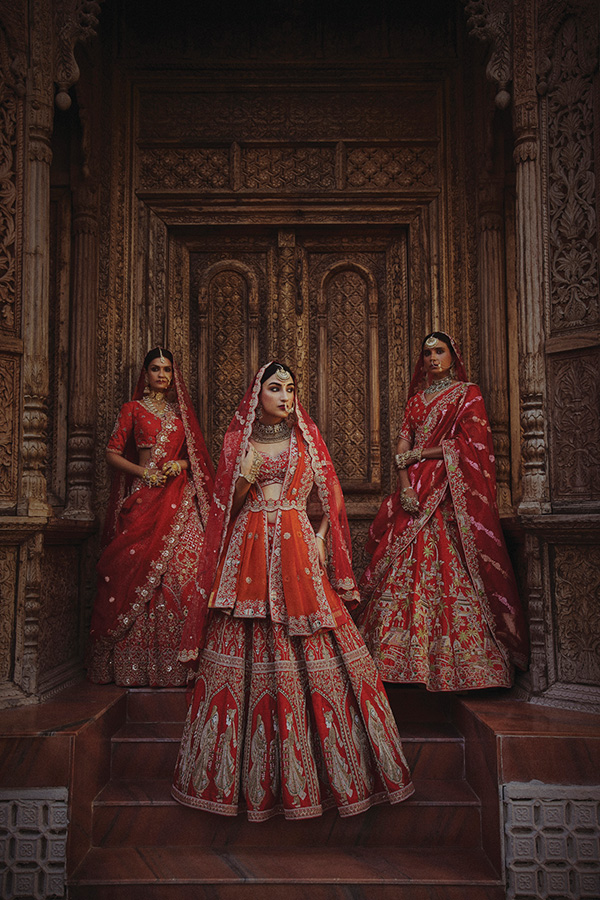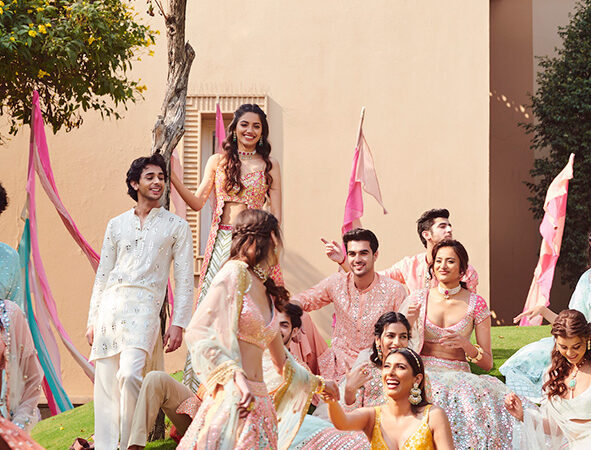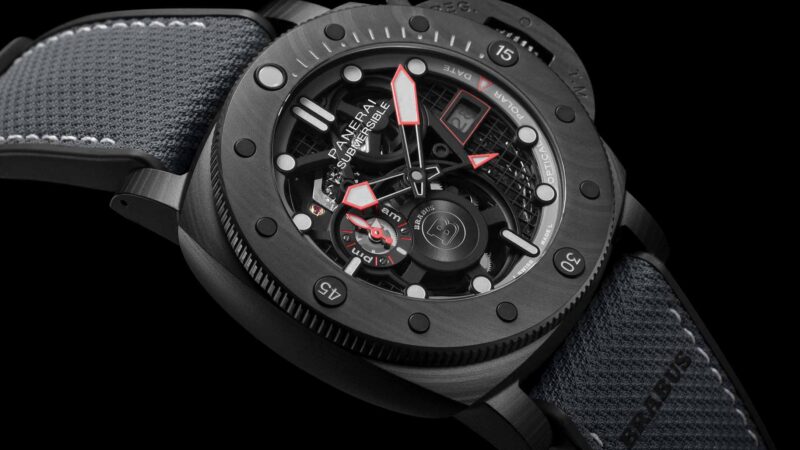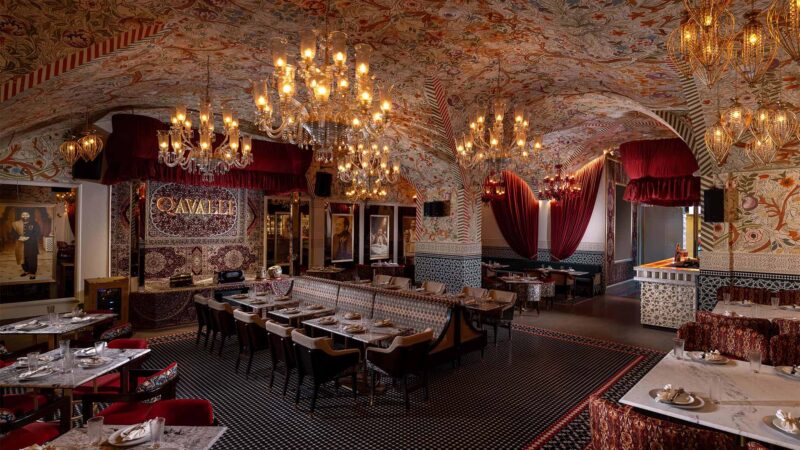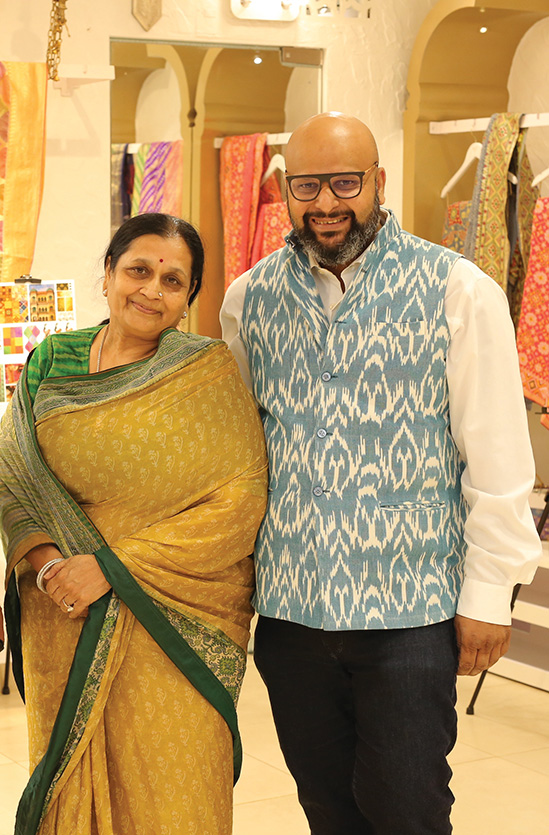 Gautam Gupta, co-owner of Asha Gautam and founder of GG by Asha Gautam, is a visionary who started the designer label with a motive to celebrate all things Indian. As the brand celebrates another milestone in its journey, Gautam shares a detailed blueprint of the brand that was drawn years back.
Gautam Gupta, co-owner of Asha Gautam and founder of GG by Asha Gautam, is a visionary who started the designer label with a motive to celebrate all things Indian. As the brand celebrates another milestone in its journey, Gautam shares a detailed blueprint of the brand that was drawn years back.
It’s been 24 years since Asha Gautam was founded. How do you look back at this journey?
The journey has been quite enriching and surreal. When my mother, Ms Asha Gupta, started this, her endeavour was to start creating sarees and use her free time constructively, there was no strategy or business plan. I still remember our first exhibition at home and then the following 5 years, when from a rack to a room was created. As a witness to that journey, I felt this story needed to grow and the brand needed proper planning. We have worked sincerely year after year to make it an ecosystem of Indian crafts and have the best artisans working with us.
All those brainstorming sessions, constructive debates travelling in clusters, challenges, collaboration with artisans, planning, and executions have made the brand reach where it is now. Creating a sub-brand, GG by Asha Gautam, 5 years ago was also a dream come true,
where we are creating embroidery and styles for international audiences. Today, it is also the brand of all those artisans, our design and support teams.
What is the core philosophy of the brand, and how do you make sure that with every collection, the essence of the brand is maintained?
The philosophy of the brand has always been to preserve India’s rich crafts and revive as many of them as possible for the changing times. At Asha Gautam, we develop collections that are designed using ancient methods and techniques and at the same time, constructed in contemporary silhouettes and cuts for both heritage aficionados and modern-day consumers. The brand is an umbrella of Indian crafts and uses multiple crafts in its pieces, which become the signature of the brand and make the designs unique. We don’t claim to be just a specific craft brand, as we believe in merging crafts. At Asha Gautam, in every collection, there are certain fabrics such as Banarasi, Bandhanis, Kalamkari, Patola, and Paithani and embroideries such as French knots, zardozi, and ari that are always used to articulate our theme or the story of the collection. We also do a lot of appliqués in every collection, which
enables us to use ancient textiles.
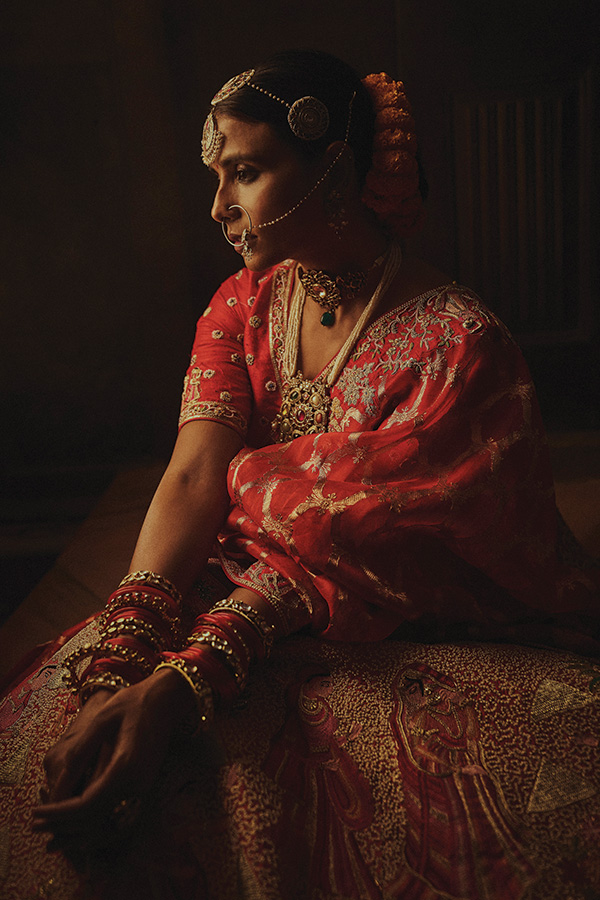
What has been your biggest learning experience in the last 24 years as a designer label?
There are so many, but one of the biggest is to have an emotional connection with your consumers. The bond between your brand and your consumers is the epitome of your existence. I would like to add that without innovation and uniqueness, the above is not possible. The purpose of your brand and the designs you create should resonate with them. Secondly, intense hard work, patience, and an eye for detail are the oxygen in the fashion industry, as we deal with artisans at the grass-roots level who are conditioned to work in a specific way.
Give us a glimpse of the latest bridal collection, “Vrindavan.”
Vrindavan is a collection inspired by our vast travel memoir of the place. We both have travelled to Vrindavan countless times, and a lot of memories about the place were kept in mind when we developed the collection. Vrindavan is also known for its beautiful love story, and in these times, it’s imperative to spread love and happiness. So the mood was to celebrate the beautiful landscapes, love, and vibrancy that India is known for.
The collection has used 12–15 different materials and 15–18 types of embroidery techniques. Explain a few of them.
The materials used in the collection are dabka, ari, gotapatti, sequins,resham, and so on, but our bigger focus was on techniques. For example, knot embroidery has many facets, but we used French knots, which require years of practise to master. The same goes for petit point embroidery, which is the minutest and toughest embroidery in the world. Then there is chattai embroidery, where dabka is cut in small lengths and a chattai shape is created. Then we also used convent embroidery, in which hundreds of shades of resham are used in one border. In the collection, no embroidery was used in isolation, so we applied sequins with convent, pearls with French knots, and ari-tari with chattai, depending upon the relevance of the motif and khaka.
At present, a lot of brand collaborations are happening. If given a chance to take Indian arts and crafts international, which brand would you like to collaborate with and why?
I would not like to collaborate with any international brand but market my own, especially in these times. I am not a fan of creating things for any other clothing or accessory label, especially if they are fast fashion ones. At the same time, if our brand ethos goes with an interior or home décor brand, then I will surely like to co-create with them a special edition.

While working with artisans in seven states, what are the challenges you face, and how do you tackle them?
Initially, it was of minimum quantity, as a lot of them were used to create 1000 metres of one design, and convincing them to start with less was not easy. With persuasion, advance payments, and consistent work, we got them on board. The second was that there was no information about them back then, but with persistent efforts, we were able to track them.
Also, if you had to pick one material and technique to work with, what would it be and why?
I will choose Banarasi tissue georgette fabric and French knot embroidery. Tissue georgette was our invention in 2013 and is still going strong. We created all kinds of silhouettes in it, and I love the elegance in it. Even without dyeing, the fabric is very beautiful to me. French embroidery has a 3D effect, which helps me emphasize a few key elements. It can be used in so many ways, from multi-color to monotones, and can merge with other embroideries as well. It is easy to carry, so the comfort factor is an added advantage. I have a specialized unit of
artisans just for it.
What are your future plans for the brand?
We started a contemporary line, GG by Asha Gautam, five years ago to expand the craft domain, but now we are adding a few segments to Asha Gautam like fusion wear and luxury prêt as well. There is a recyclingproject that I am starting soon where I want to create everything from leftover fabrics and embroidery. The new bridal and handloom collections are a constant factor each year. From a growth perspective, we are also planning to showcase in a few more cities in collaboration with multi-designer stores. Lastly, we will be adding e-commerce and shop
pages to all our social media verticals.

